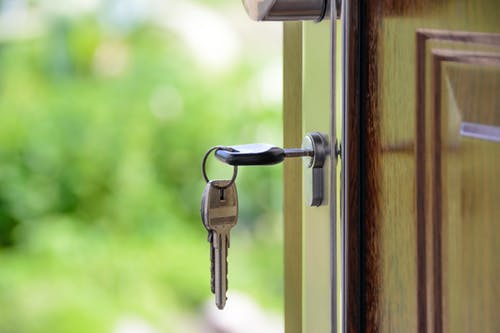Restoring order to a home following a natural catastrophe takes patience and time. A restoration company is almost always beneficial for your needs. Working with contractors who are equipped and experienced with the needed restoration will expedite the process.
What to do following a disaster?
In a natural disaster, the first goal is ensuring everyone is evacuated safely. However, the steps to follow are not always obvious. Once everyone is safe and the immediate emergency is resolved, you need a plan to manage the specifics. Begin by calling your insurance representative and record the damages with photographs and videos. Know your policy’s details, including what’s covered in case of a loss. Specific policies cover the total replacement cost, and others cover the original value. Knowing the policy you have will help you make decisions.
Restore the Place Immediately
Immediately contact a restoration professional or begin the repair process on your own following a natural disaster. Regardless of your course, you should ensure you can start the work as soon as feasible. If floods have damaged your home, the sooner the process begins, the more effective. The water damage will worsen as time passes and can cause the rapid development of mold if left untreated. You may find services offered through their website.
Begin cleaning and restoring your house as soon as it is safe. Utilize this time to decide what work you will or will not do for yourself. What can you do to assist with the cleaning and restoration after a catastrophe? If that’s the case, you’re better off hiring an experienced construction expert.
Addressing Flood Water Dangers
The need to clean up water on the surfaces is normal, but people often overlook what’s beneath the surface, like on the floors or the walls. The moisture can be dragged away from the ground by the wall. The growth of mold could begin when it is not noticed for an extended period.
If you’re undertaking a water purification process, you should know that floodwater is regarded as contaminated black water and should be treated accordingly. Bacteria, sewage, or chemicals may contaminate it. When working near or in the water, use appropriate safety equipment such as respirators and gloves. For water damage restoration needs, feel free to visit their page for more information.
Mold Remediation
Mold begins to grow in damp environments within just a few days. The mold can cause harm to adults and children who are exposed to it regularly. Asthmatics and those with compromised respiratory systems should stay away from exposure to any mold at all times.
Some surfaces can be cleared of mold; others must be removed entirely. As drywall and other porous building materials cannot be thoroughly cleaned and disinfected, they must be removed from areas where the mold has developed. Inspecting your home regularly to ensure the mold does not come back would be best.
Lead-based Paint Avoidance
It’s safe to assume that if your home was built before the 1970s, it was coated with lead-based paint. Everyone, but especially youngsters, can suffer grave health problems from exposure to lead-based paint. Adults can also suffer long-term health effects from excessive exposure to lead-based paint.
In the case of paint that is based on lead, ensure that you only work with a contractor who has undergone extensive training and testing. This means that their efforts could result in even more severe issues.
Knowing Available Resources
Insurance coverage is your best option; however, only if it covers the kind of damage that you have experienced in your particular situation. Local catastrophe recovery initiatives are also offered. After a natural disaster, use the resources at your disposal to get your house back to its condition before the disaster.


